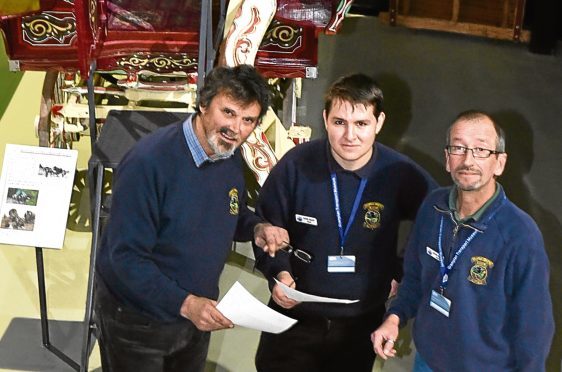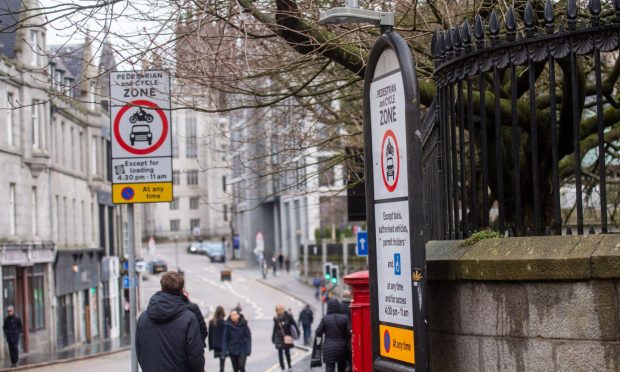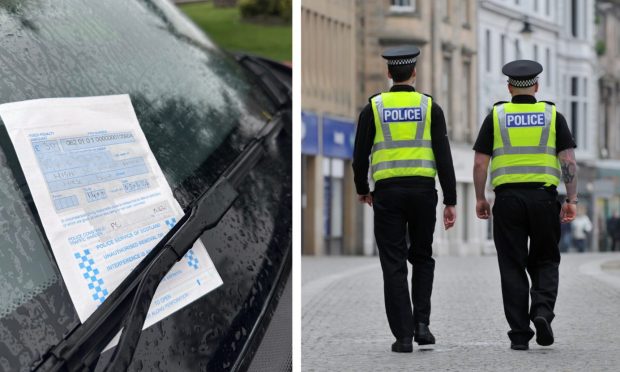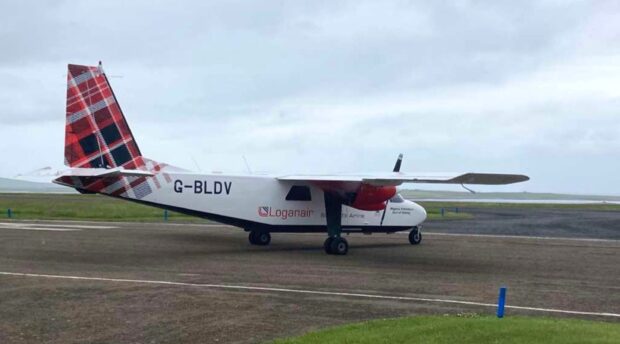It has been 34 years since Mike Ward first stepped foot in Grampian Transport Museum (GTM), having come on board to help make a fledgling idea a reality.
As the years have rolled past, GTM is almost unrecognisable from its early days, when 20 volunteers came together with the hope of providing an ever-changing insight into transport through history.
Indeed volunteers remain at the heart of the museum which now welcomes thousands of visitors every year in Alford.
One of its biggest champions is motorbike racer Guy Martin, who regularly lends his vehicles for special exhibitions, while people across the generations flock to regular events throughout the season.
The museum closes its doors for five months of the year but behind the scenes, the team changes exhibits and makes sure GTM remains relevant with each passing year.
For Mike, there is no job on earth he would rather do having arrived at GTM in 1983. His knowledge and enthusiasm are endless.
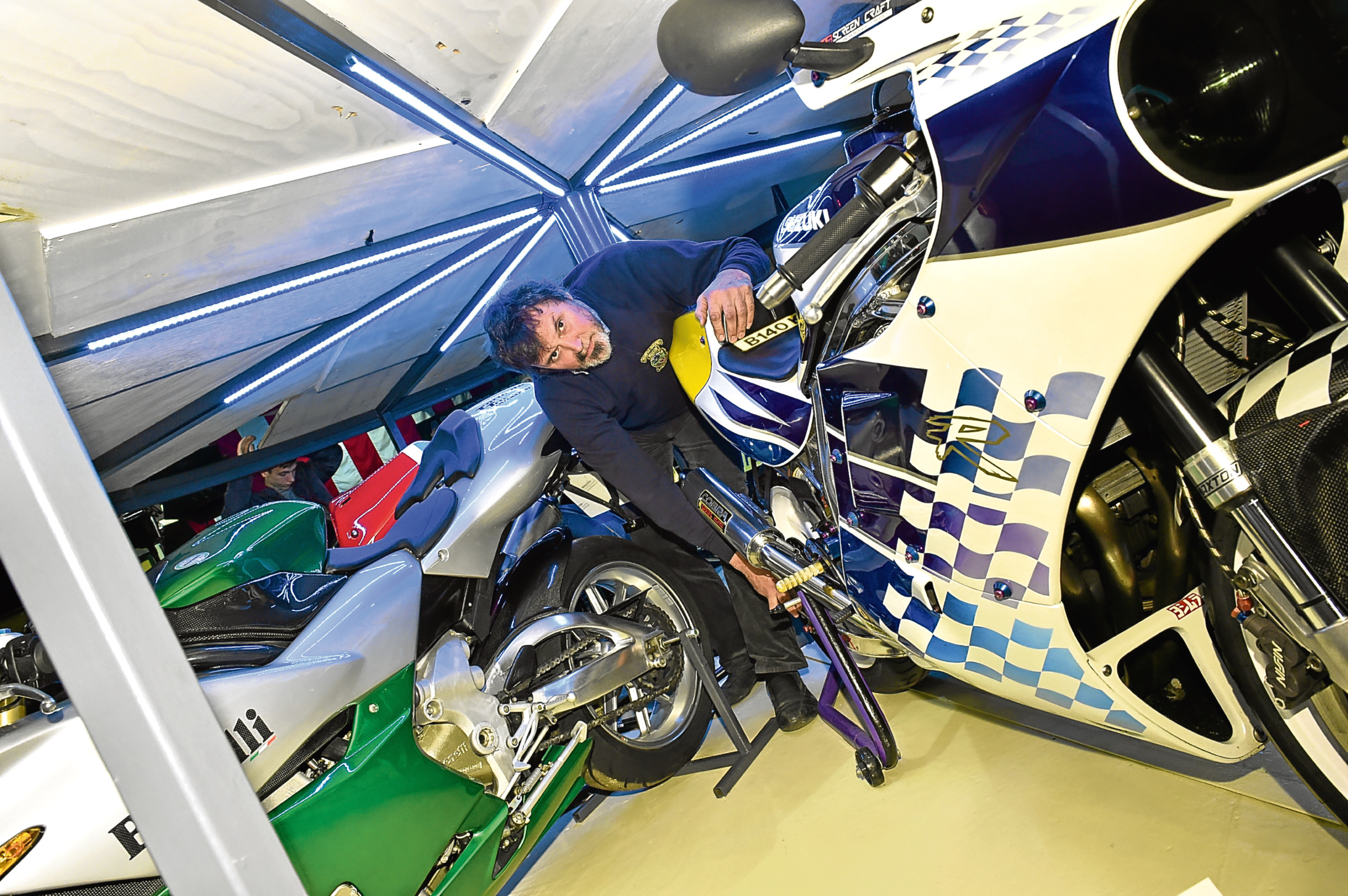
He has high hopes for 2018 with the key theme of the electric car and its place on our roads.
“I think the key thing to understand is that GTM isn’t a motoring museum. That was never the vision when we started out with just 20 people,” he said.
“Now there are 95 people working behind the scenes, 60 of whom are regular volunteers.
“We don’t differentiate with volunteers and part-time staff, because volunteers provide us with an amazing workforce and many of the volunteers are experts in their field.
“From engineers to electricians, we are very lucky to have so many talented people who make GTM what it is today.
“Everyone has a job title here. One of our greatest strengths is the fact we are seasonal though.
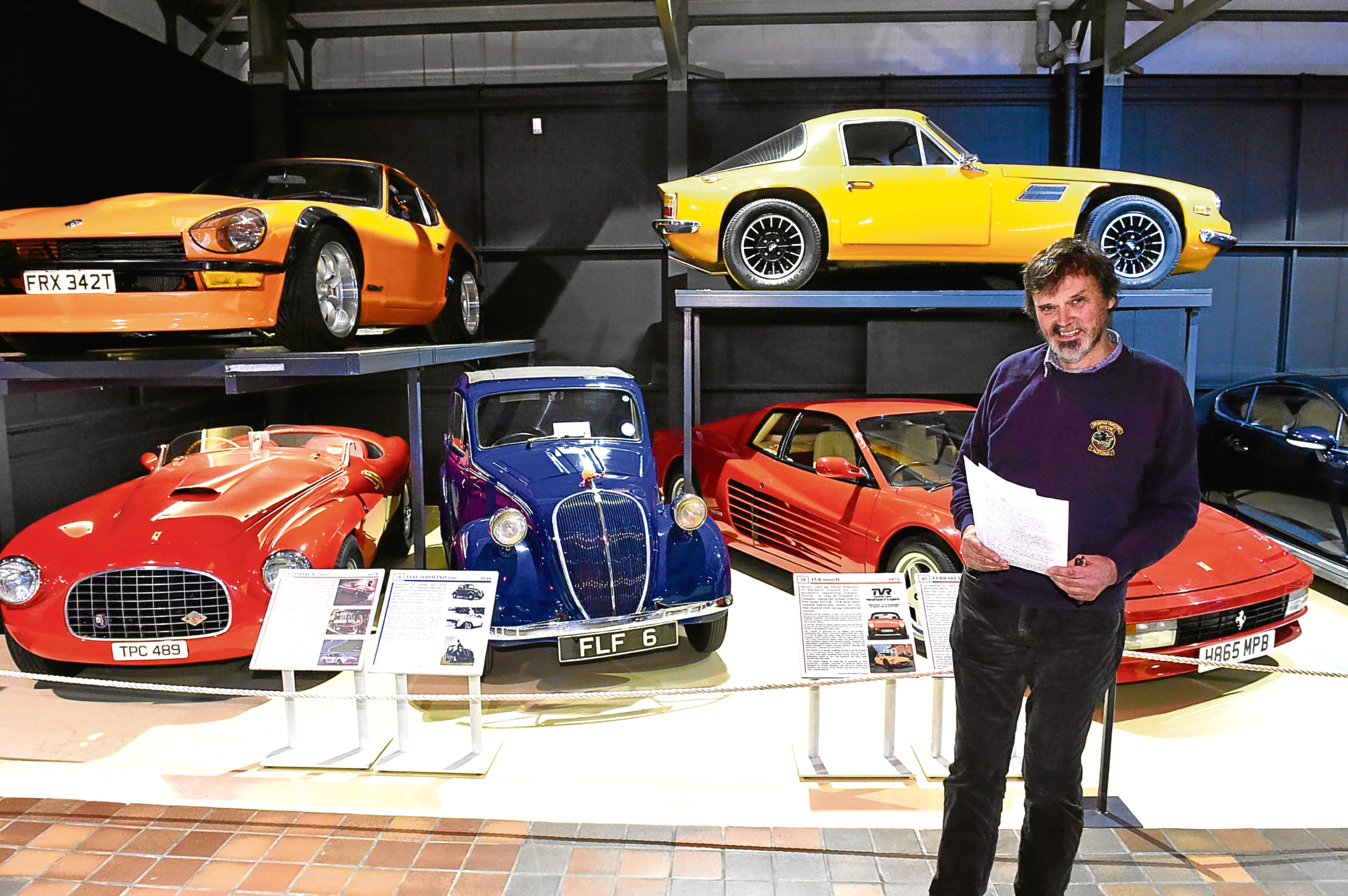
“We will close at the end of this month and that’s when we get together and come up with ideas and change displays. There’s a lot of work involved.”
GTM has the highest rate of exhibition changes of any museum in Scotland, and 75% of exhibits are on loan from the 500-strong members group.
“We have a big body of people across Aberdeenshire who provide us with exhibits alongside a huge reserve kept in our warehouse,” said Mike.
“Some volunteers have the role of documenting the thousands of objects and it can be anything from a motor car to a sparking plug alongside our extensive costume collection.”
One of the museum’s most popular exhibitions was based on the great train robbery of 1962, when a mail train transporting millions of pounds started its journey in Aberdeen.
For Mike, it was proof of how successful GTM could be in tracing the role of transport through history, but he is also keen to keep looking to the future.
“So many people found the great train robbery exhibition fascinating because it’s one of the most amazing episodes in criminal history,” he said.
“We did the exhibition on its 50th anniversary but we want to keep looking forward as well.
“For 2018 we’ll be looking at the advent of the electric car. We first looked at electric cars in 2005 and it’s amazing to return 12 years later and see how prevalent they have become.
“Not many people know that the electric car was invented right here in Aberdeen, by a man called Robert Anderson in 1829.
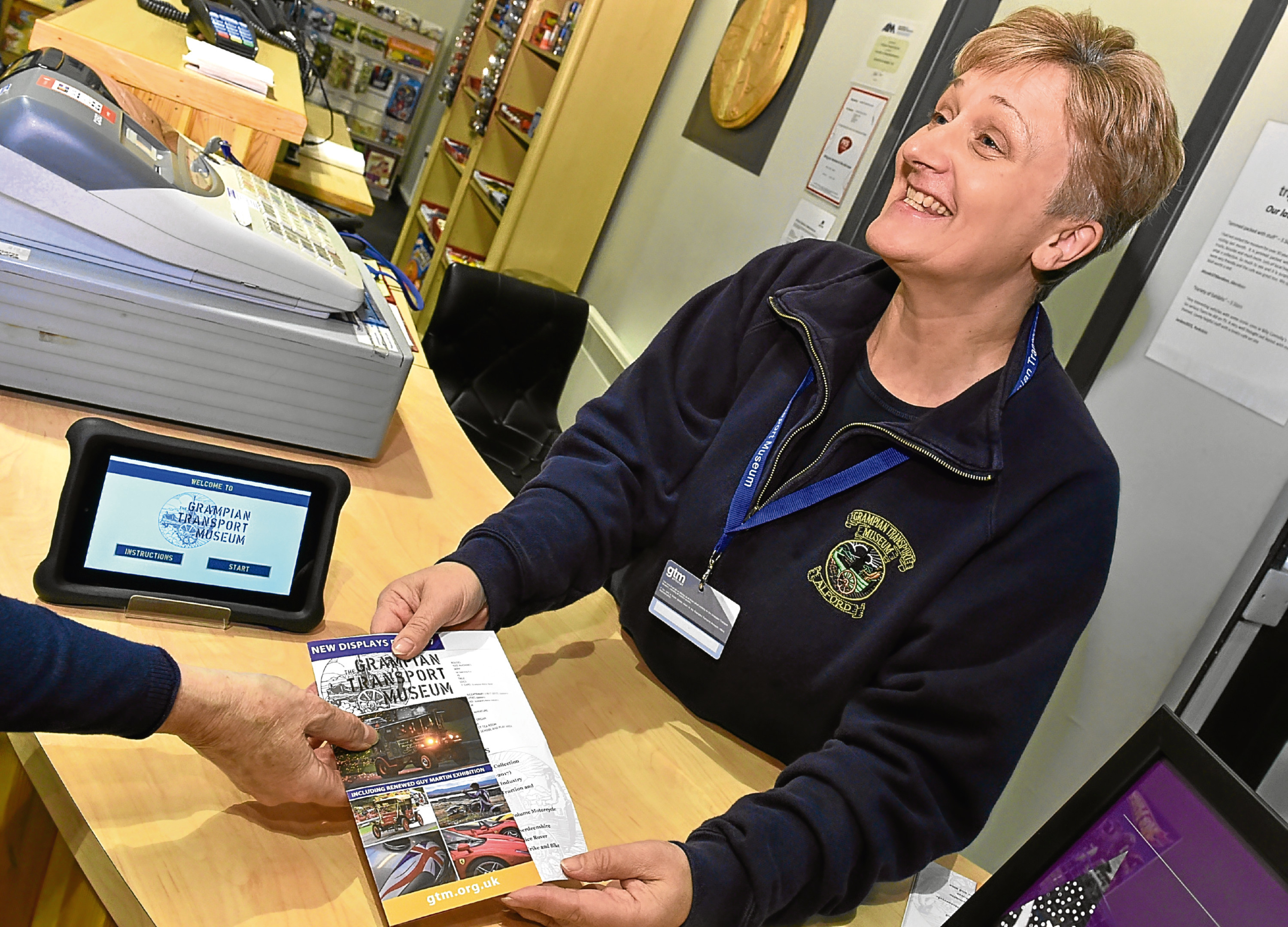
“We want to put together an expert exhibition and celebrate Anderson. He really is an unsung hero.”
But what keeps Mike returning to the museum year on year, as the only full-time member of staff?
“I can’t really explain what I love about working here, but I am part of a brilliant team,” he said.
“Nothing stands still and I get a real thrill from seeing all the changes which come round with every season.
“The museum seems to go to sleep at night but once the doors open the following day, I love watching it come to life.
“We want to strike a balance between exploring where we’ve come from and acknowledging what is relevant today.”
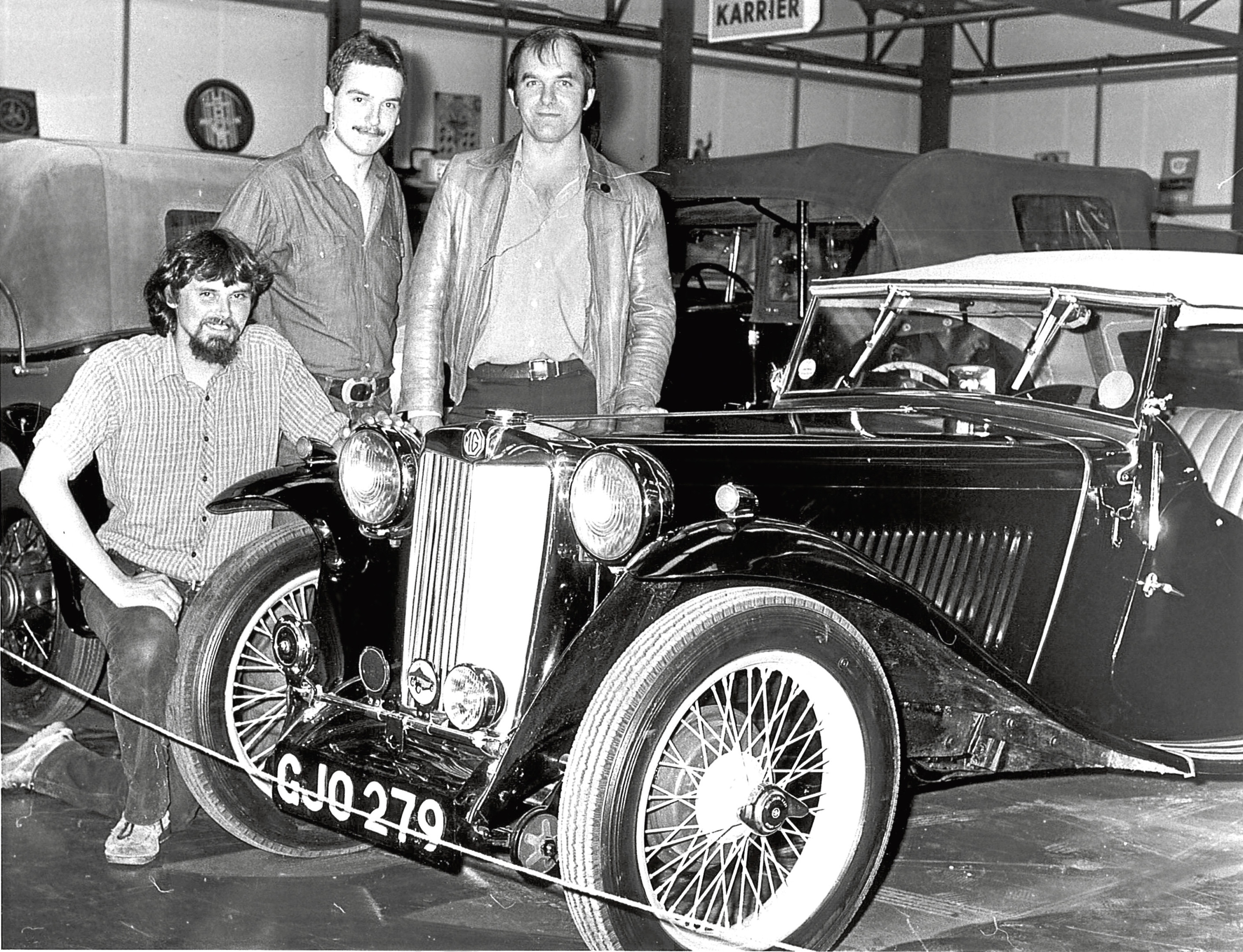
Another major project under way for next year is a look at Grampian roads from Roman times, and the major role transport links have played in the shaping of the region.
Experts have also been called in to rebuild the museum’s Mortier Dance Organ.
“GTM is self-financing and we have to make £400,000 every year to break even,” said Mike.
“Our money is made through admissions, events and sponsorship and our aim is to bring in 62,000 visitors every year – that’s our golden number.”
With Mike’s determination and the dedication of the volunteers there’s no doubt that the golden number will repeatedly become a reality.
